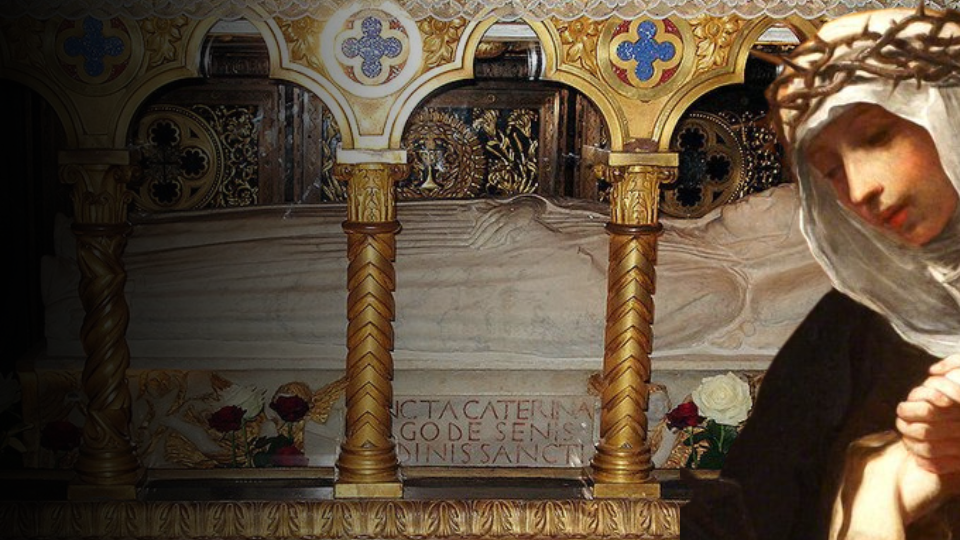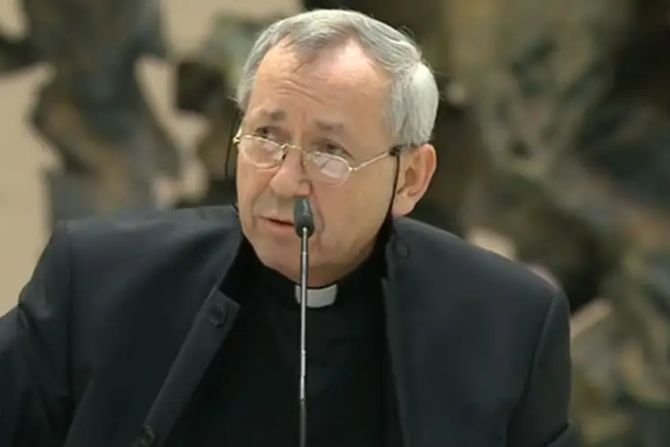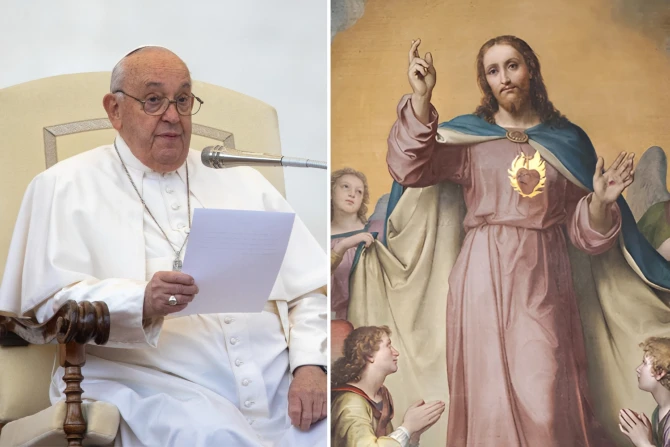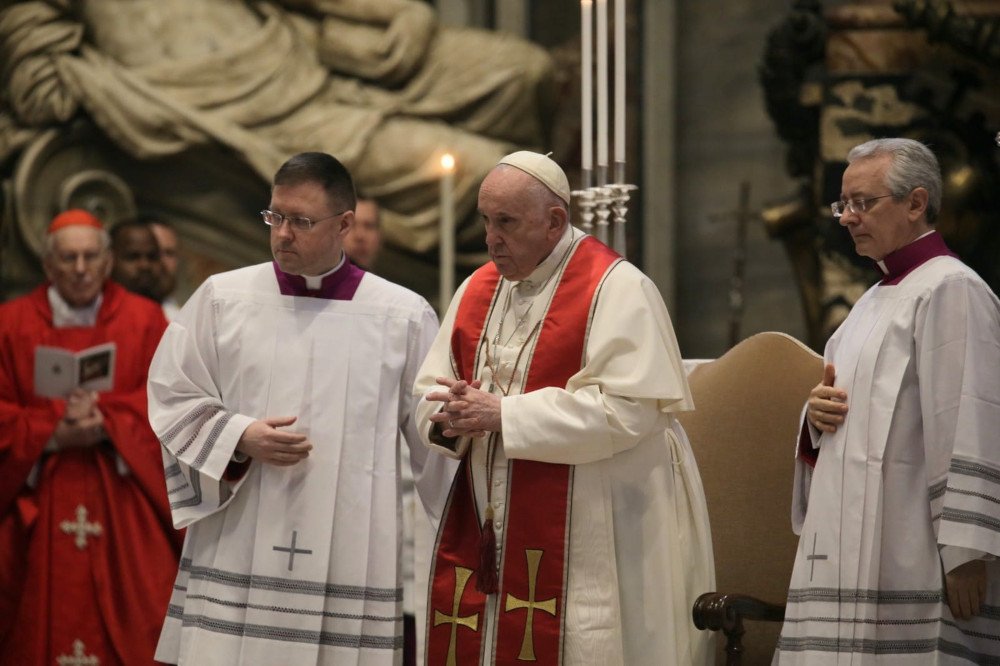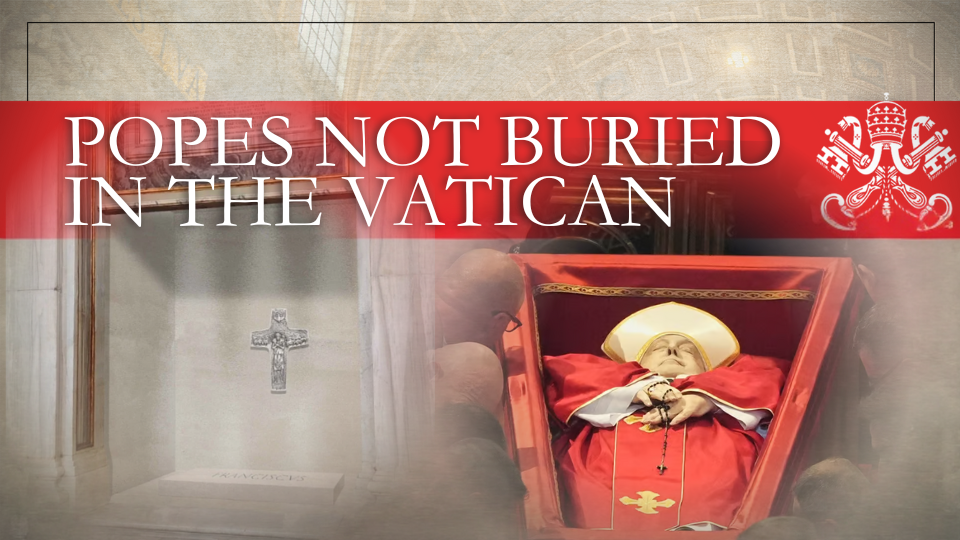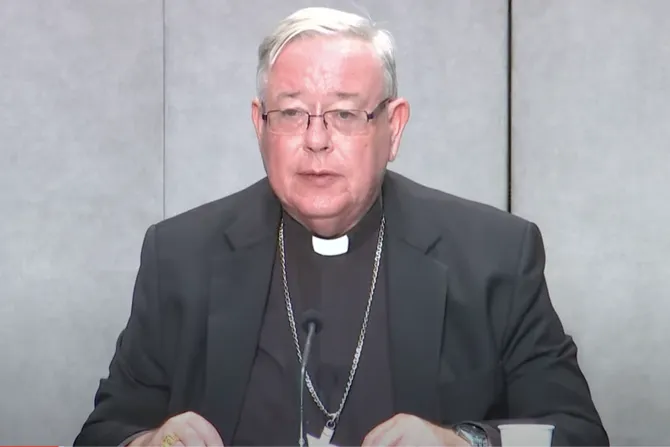The Church of Santa Maria sopra Minerva in Rome is not only a masterpiece of Gothic architecture but also the sacred resting place of St. Catherine of Siena, a Doctor of the Church.
Beneath its ornate vaults lies the tomb of one of the Catholic Church’s most influential saints, whose teachings and life continue to inspire the faithful worldwide.
Sister Catherine Joseph Droste, a professor of Theology at the Pontifical University of St. Thomas Aquinas in Rome and an expert on St. Catherine of Siena, guides us through the life of this remarkable woman saint.
“She came to Rome at the very end of her life. So, when Catherine was born,” Sister Catherine explained, “the Pope was living in Avignon, France. The Avignon papacy is sometimes called the Babylonian captivity. Catherine, like Bridget of Sweden before her, was very adamant that the Pope needed to return to the city of Peter and Paul.”
St. Catherine, a Doctor of the Church, deeply intertwined her life with the Eucharist, drawing her strength and wisdom from Jesus in the Eucharist.
“Catherine of Siena had a great devotion to the Eucharist,” Sister Catherine noted, “which was very much tied to her Christology, her love for Christ and her ecclesiology. Her love for the Church. With the Eucharist she speaks a great deal about the blood, not in a distorted manner. It’s the blood that Christ poured forth, poured out for us on the cross.”
St. Catherine’s spirituality was deeply rooted in the Eucharist. She experienced miraculous events, including receiving the Host directly from Christ, an occurrence that astonished her confessor.
“One day her confessor, Raymond of Capua, was celebrating Mass,” Sister recounted the story. “He didn’t think Catherine was in attendance. He says the Mass. At the moment of the consecration, he breaks the Host and a piece of It disappeared. And Raymond was looking all over for this piece of the Host.”
“He’s looking all over the altar and on the floor. He can’t find a piece of the Host. He found out that Catherine was present,” Sister continued.
“Christ had taken a piece of the Host and given the Eucharist, given the Blessed Sacrament to Catherine.”
“So, Raymond realized there’s somebody more powerful than he is, as a priest. But also, it just shows Catherine’s devotion,” Sister added. “She was able to receive Communion. She had a great desire to receive that Communion.”
In her writings, Saint Catherine often employed images to explain complex theological concepts. She envisioned Christ as a bridge, with the Church as a refuge on this path, offering sustenance to the faithful on their journey to salvation through Christ’s body, which is the Eucharist.
“She uses a lot of images,” Sister Catherine explained. “Very concrete images. Candles, light, fire, and a bridge. That bridge for Catherine is the body of Christ on the cross and you have to cross over that bridge, every one of us, to get to heaven. We have to cross over the bridge of Christ’s body.”
St. Catherine of Siena, a Doctor of the Church, is one of the women Saints who profoundly influenced Church teachings. Her legacy underscores the vital role that women play in the life of the Church.
Sister noted, “We do have a critical role as women, being feminine. Look at the great Saints and what they’ve done in the Church. Look at Mother Teresa. Look at Teresa of Avila. Look at Teresa of Jesus. Look at Catherine. Again, back to the Blessed Mother, Mary Magdalene. Look at what strong women did as women. I think we have to learn what it is to be a woman and how to do that in the best way possible so that we can support men and that they can support us.”
Even today, from her resting place at Santa Maria sopra Minerva, St. Catherine of Siena continues to inspire us. She urges us to reflect on our own lives, encouraging us to discover who we are and what we are called to be in following Christ.
“One of the most important messages of Catherine,” Sister highlighted, “which she learned from Christ. Christ asked her one day; ‘Do you know who you are and who I am?’ And he said to her, ‘You are she who is not. I am He who is.’ Now that’s a challenging phrase, because many people would think that means ‘I’m nothing.’ Well, I’m nothing before God because he created me and gave me everything.”
“But in his eyes,” Sister continued, “I’m everything because I’m a human being that he loves. And so, Catherine would say, Christ is crazy in love with you. He’s mad in love with you. He’s drunk in love with you. So, Catherine’s first message is understanding what it means to be a human being and to be loved by God. And that’s important for every one of us.”
As a Doctor of the Church, St. Catherine of Siena teaches us the transformative power of the Eucharist and the profound depth of Christ’s love for us, reminding us that in the eyes of God, we are cherished beyond measure.
Adapted by Jacob Stein
Sign up for our newsletter here: https://mailchi.mp/ewtn/vatican

